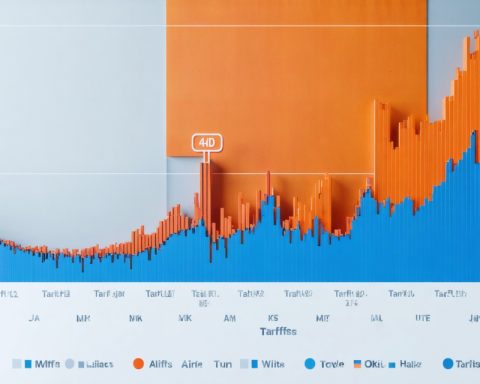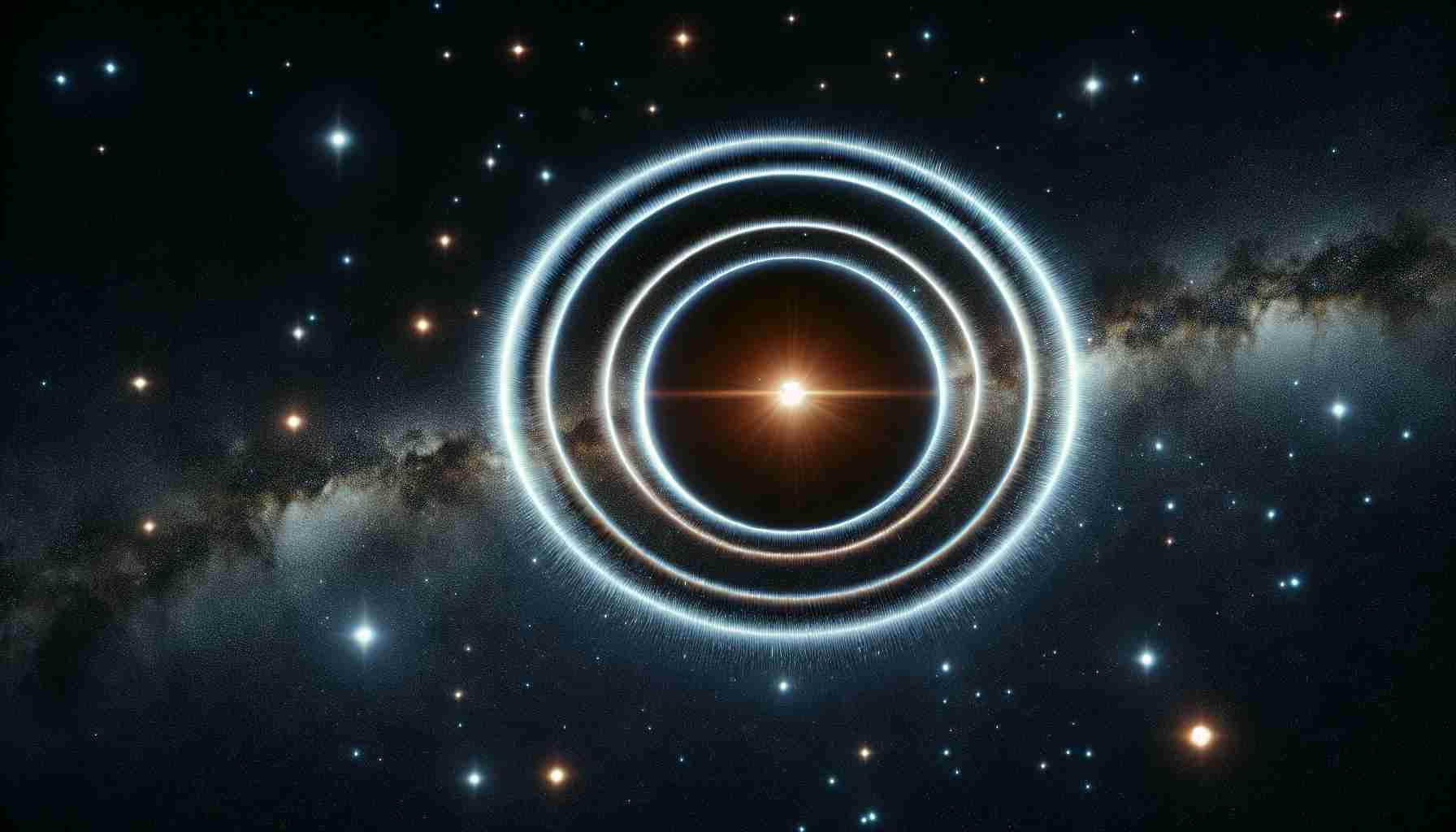Exoplanets - Page 11
Exoplanets, or extrasolar planets, are planets that exist outside our solar system, orbiting stars other than the Sun. They vary widely in size, composition, and orbital characteristics, and can be classified into categories such as gas giants, ice giants, super-Earths, and terrestrial planets. The detection of exoplanets involves methods like the transit method, where a planet passing in front of its host star causes a temporary dimming of the star’s light, and the radial velocity method, which measures the gravitational effect of a planet on its star. Exoplanets are of significant interest in the search for extraterrestrial life, as scientists study their atmospheres and conditions to assess their potential habitability. The first confirmed exoplanet was discovered in 1992, and since then, thousands have been identified, expanding our understanding of planetary systems and the diversity of planetary environments in the universe.




















